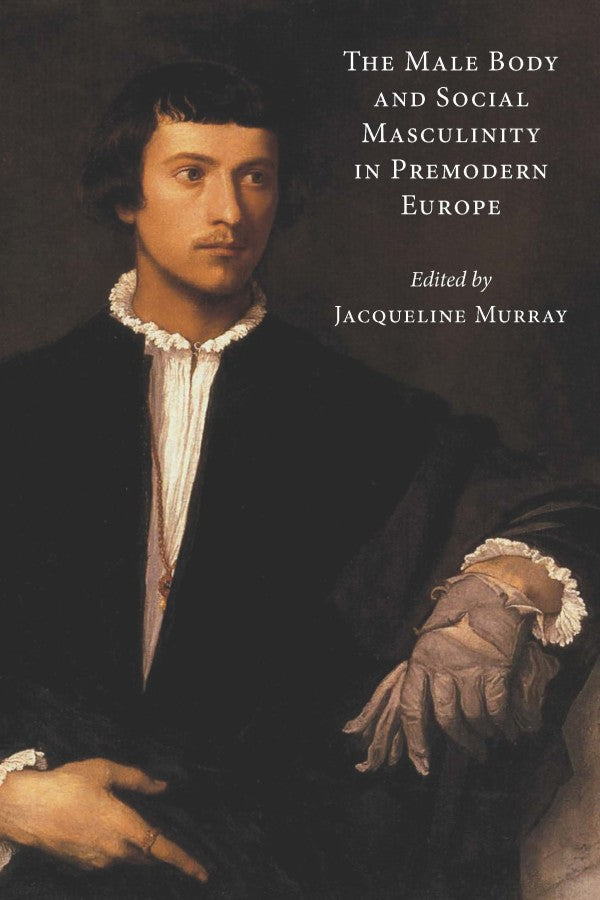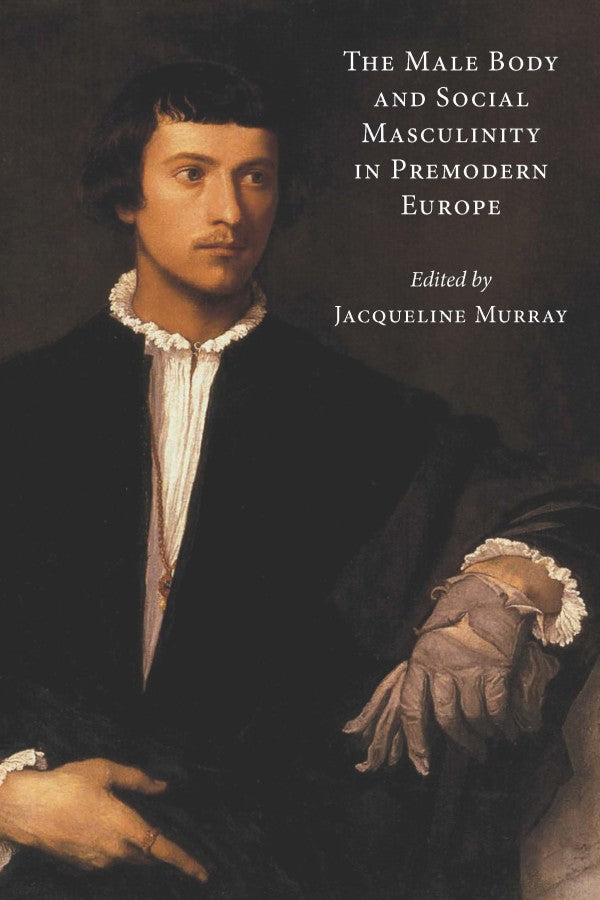The Male Body and Social Masculinity in Premodern Europe
Edited by Jacqueline Murray - ES56
Overview
Crossing premodern Europe, these essays examine how masculinity was constructed by external presentation, such as hair, musculature, sexual prowess, clothing, and honourable behaviour, or deconstructed through bodily defects such as virginity, impotence, castration, non-normative sexuality, or shameful behaviour. Together, they reveal the fluctuations that men experienced and explore how social and embodied masculinity intersected and could reconstruct or redefine masculinity as social and cultural values modified.
Jacqueline Murray is Professor of History at the University of Guelph where she also served as Dean of Arts. She has published widely on masculinity and male sexuality in the premodern world.
297 pp., 47 ill.
ISBN: 978-0-7727-1114-4
Published: 2022
Contents
Jacqueline Murray, “Reflections on the Male Body and Social Masculinity”
Imperfect Bodies: Gender and Social Liminality
1. H. Peter Johnsson, “The Scissors or the Sword: The Polyvalent Role of Hair in Merovingian Gaul”
2. Alison More, “Exterior Bodies, Interior Ascent: Corporeality in the Vitae of Thirteenth-Century Conversi”
3. Sara Berkowitz, “‘Unmaking the Masculine Body’: Representations of Castrati in the Seventeenth Century”
4. Yvonne Petry and Kiegan Lloyd, “‘What do they mean by a potent man?’ Medical Views on Impotence in Early Modern France”
5. Elena Brizio, “‘If my sons will have no male heir’: Legal and Social Solutions to a Sienese Patriarchal Dread”
Perfect Bodies: Masculinity, Idealism, and Contingency
6. Ivana Elbl, “A ‘Great Man’ Who Became a Virgin: The Masculinity of Prince Henry the ‘Navigator’”
7. Timothy McCall, “Towards a History of Signorial Sexuality: Borso d’Este and the Gestures of Courtly Masculinity”
8. Maya Corry, “The Homoerotics of Power: Art and Desire in Leonardo’s Milan”
9. Tatiana C. String, “Body Building: The Fabrication of the Masculine Body in Renaissance Portraiture”
10. Fabien Lacouture, “The Masculinity of Saint John the Baptist in Renaissance Italian Painting: From Hermit to Athlete of Christ”
Reviews
"A deeply illuminating study that showcases the sheer variability and complexity of masculinity. Through original interpretations and fascinating details – from a “womanly” lord who sired a reported 1000 children to portraits of famous castrati to semi-public impotence trials – these authors show us how manhood in the past was every bit as mutable and contested as it is in our own modern world. An accessible and engaging collection that challenges any of our preconceived notions about what it means to be a man." – Leah DeVun, Rutgers University
"This wide-ranging and provocative collection makes a crucial intervention in the way we think about premodern masculinity, revealing it to be multi-faceted, complex, and even contradictory. Its insights speak not only to scholars of the past but to debates about masculinities today." – Karma Lochrie, Indiana University
"This innovative collection makes a crucial intervention in masculinity studies by challenging long-held assumptions about sexuality, economics, piety, and power in premodern Europe. The book guides the reader to look afresh on the premodern man without contemporary biases of normative gender behaviour. It will appeal to specialists and students of European early modern and medieval history and art history." – Gerry Milligan, College of Staten Island, CUNY
Couldn't load pickup availability


